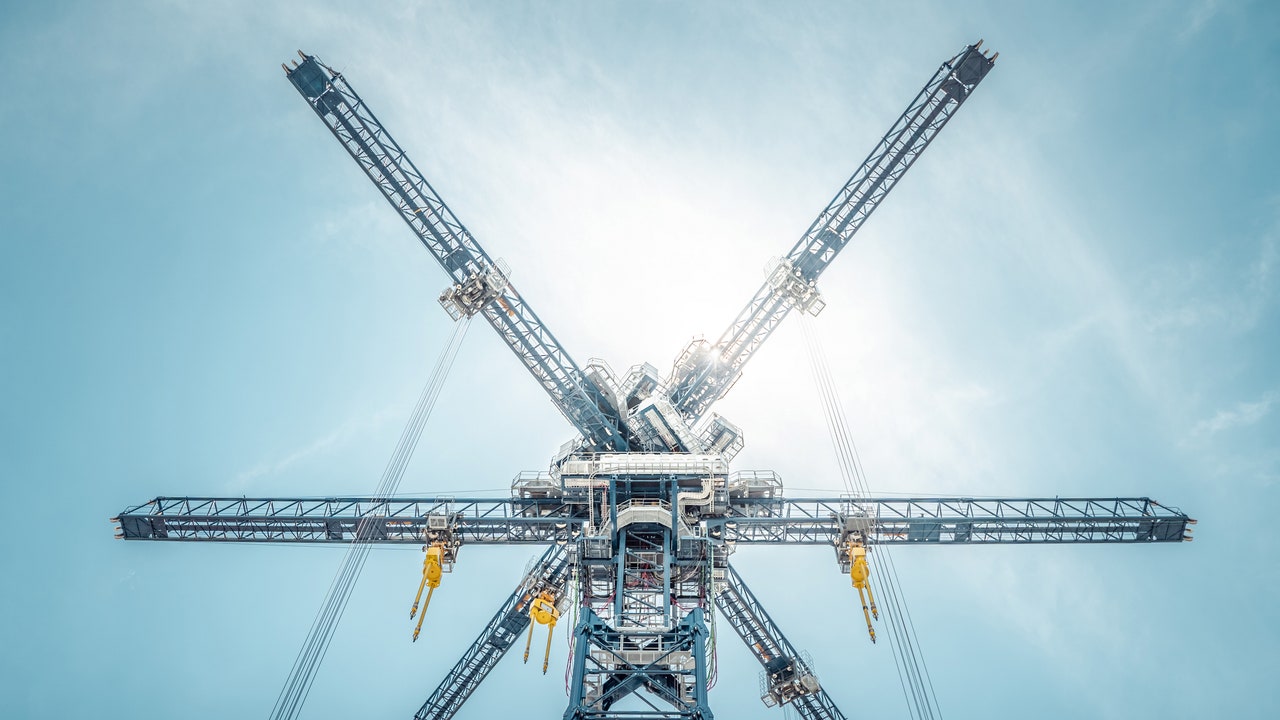The concrete blocks are slowly hoisted upwards by motors powered with electricity from the Swiss power grid. As each block descends, the motors that lift the blocks start spinning in reverse, generating electricity that courses through the thick cables running down the side of the crane and onto the power grid. In the 30 seconds during which the blocks are descending, each one generates about one megawatt of electricity: enough to power roughly 1,000 homes.



Every crane need a lot of dead weight for a stable position, don’t see problems where are no exists. Concrete isn’t a sustance which contaminate, is cheap and disposable in any quantity as byproduct in any fundition of steel. They all have beside mounts of concrete.
Yes, but why build a crane when you can also build a water reservoir?
What will you do in a desert zone? It’s the best for solar energy but not for water
You could for example use black balls to reduce evaporation or power lines to places where you can store energy. You can also use batteries, electrolysis, huge flywheels, synthetic oil, molten salts or the sand itself.
I didn’t say I have the optimal solution, but in a desert you have very high temperatures heating up the concrete and sand and wind eroding it and clogging up the gears and pulleys. So it’s not optimal for the crane solution either.